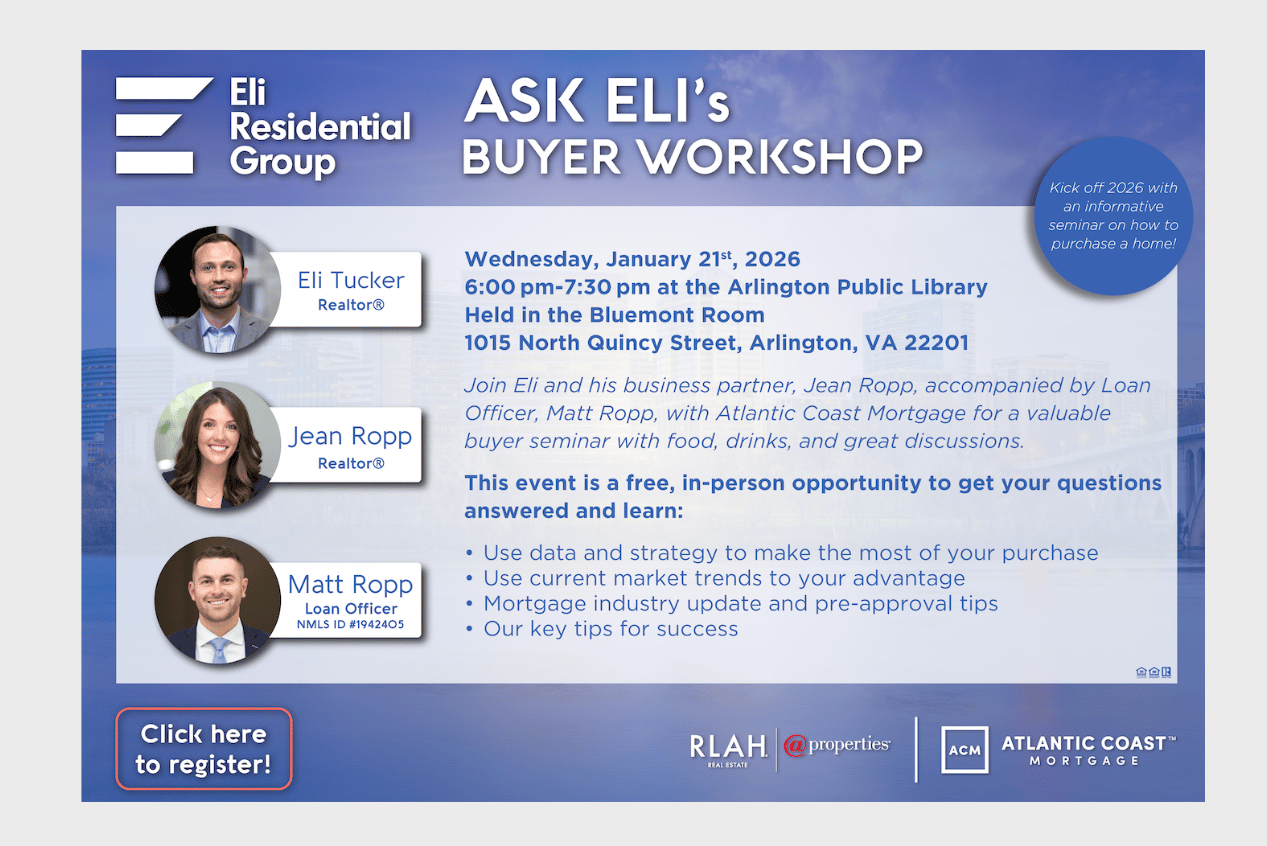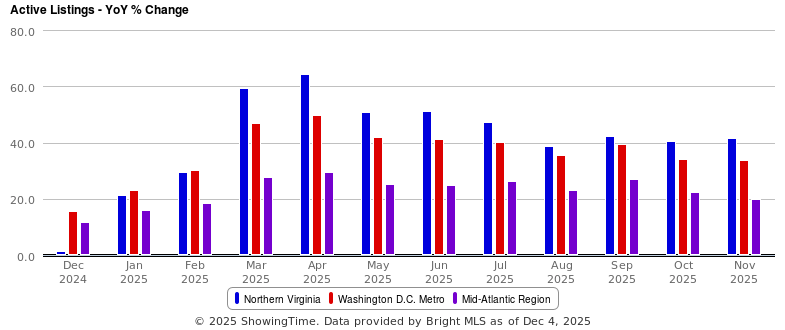Question: We’re preparing to sell our home and would like to stay in the house for a few weeks after it sells. Can you explain the rent-back concept?
Answer: A Seller’s Post-Settlement Occupancy, more commonly referred to as a rent-back, allows a homeowner to sell their home, collect the proceeds, and continue living in the home for a pre-determined period after closing.
Some common scenarios for a rent-back are:
-
You need the sale proceeds for the purchase of your next home
-
You want to ensure the sale closes before you move out
-
Do you want to wait out the end of the school year or the last day at a job?
How Rent-Backs Are Structured
The Northern Virginia Association of Realtors contract (as well as other regional contracts) provides a standard form for a Seller’s Post-Settlement Occupancy Agreement so you don’t need to worry about hiring an attorney. It functions as a short-term lease including:
-
How much the seller will pay the buyer for the rent-back
-
How long the rent-back lasts
-
A security deposit
-
A penalty for staying past the rent-back period
Buyers will conduct a pre-closing walk-through before they purchase the home where they have all the rights provided to them in a normal sale. At the end of the rent-back, the new owners will conduct another walk-through once the previous owners move out, which is like that of a walk-through at the end of a normal rental period. If the previous owners caused damage during the move-out, left junk behind, or failed other property delivery requirements, the new owners can make a claim against the security deposit, which is generally held by the Title Company that handled the sale.
Time Limitations
If the home is being purchased as a primary residence and the Buyers are taking out a mortgage, most loans (and all Fannie/Freddie loans) require that the Buyer intend to move into the property within 60 days of the closing and thus any rent-back is limited to 60 days (I usually recommend 59, just to avoid an issue with underwriting).
If a home is being purchased with cash or as a secondary home/investment property with a loan, the 60-day limit doesn’t apply. However, the contract form you’ll use explicitly states that it’s meant to give the seller the temporary right to use the property after closing and is not subject to the Virginia Residential Landlord Tenant Act, so avoid using this form in place of a legitimate lease if the Buyer/Seller intend on a longer-term rent-back.
Not Without Risk
For the new owners, a rent-back carries with it some of the same risks as being a landlord. Disputes over the security deposit, damage over the security deposit, or trouble with the previous owners moving out on time are all realities that Buyers need to consider.
As with many decisions in a real estate transaction, a Buyer’s willingness to agree to a rent-back is a matter of risk and benefit. The risk is issues arising like those mentioned before and the benefit is that offering the seller a rent-back can be the difference between them accepting your offer or taking somebody else’s.
Free Rent-Backs?
In “normal” markets, the fee for a rent-back is usually calculated using the new owner’s carrying costs (mortgage + taxes + insurance), but in our hyper-competitive market, many Buyers offer Sellers a free rent-back as a way to increase the competitiveness of their offer. A free rent-back isn’t worth much if the seller is asking for an extra week, but it certainly adds up if they’re asking to stay for 6-8 weeks past closing.
If you’d like to discuss buying, selling, investing, or renting, don’t hesitate to reach out to me at [email protected].




